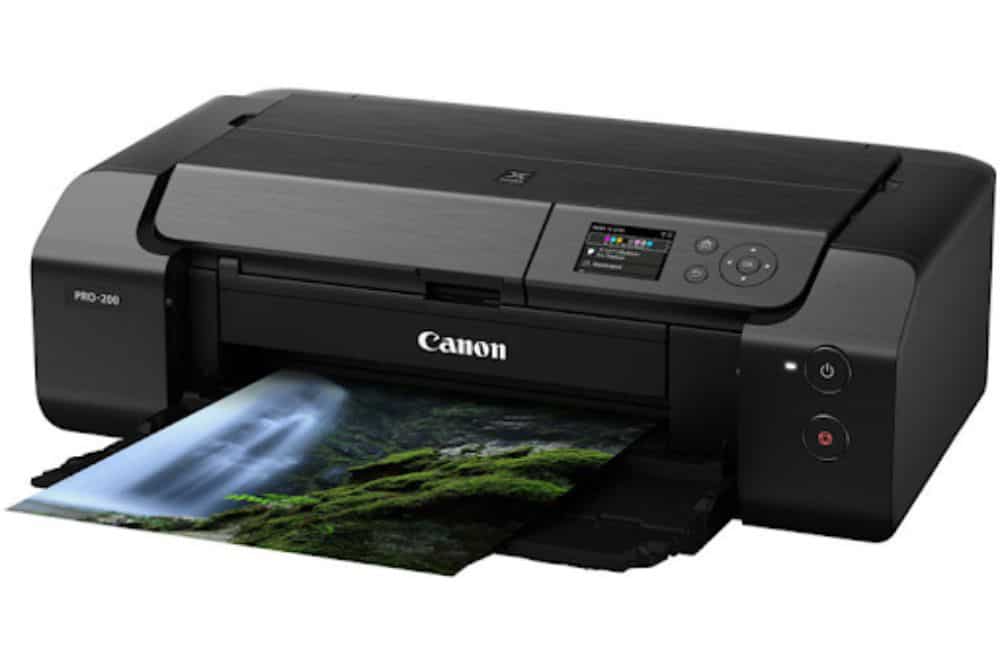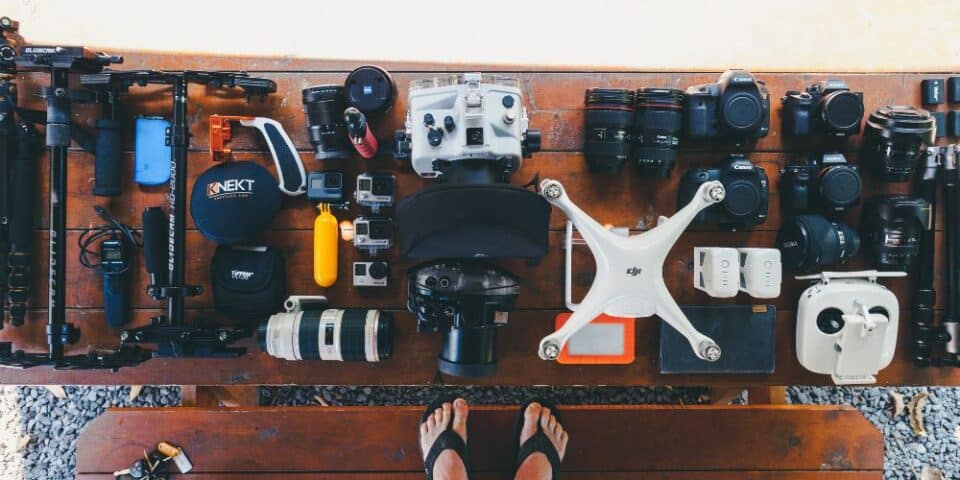Social media platforms and smartphones dominate the way we share images today, but there’s still something magical and timeless about holding a physical photo print in your hands. Whether it’s a cherished memory, a stunning landscape, or a masterpiece of art, a high-quality photo print can evoke emotions and make the moment truly unforgettable. To achieve exceptional photo prints, there are several crucial factors to consider. In this article, we will explore some valuable tips and tricks to optimize print quality and bring out the best in your photographs.
Start with High-Resolution Images
The foundation of a great print lies in having a high-resolution image. When printing, the resolution directly impacts the level of detail and sharpness in the final print. Low-resolution images can result in pixelation and a lack of clarity. To ensure optimal results, use images with a resolution of at least 300 DPI (dots per inch). This resolution ensures that the printed image will have sufficient detail and crispness.
Choose the Right File Format
When saving images for printing, it’s essential to use the correct file format. For photographs, the most suitable formats are JPEG and TIFF. JPEG is suitable for standard photo prints, while TIFF is better for images that require extensive editing and manipulation without loss of quality. Avoid using formats like GIF or PNG for printing, as they are more suitable for web and screen use.
Calibrate Your Monitor
Calibrating your monitor is a crucial yet often overlooked step in achieving accurate colours and tones in your prints. A properly calibrated monitor ensures that what you see on the screen is a true representation of the colours in your image. Various monitor calibration tools and devices are available to help you achieve this, ensuring that your prints closely match your digital files.
Calibrate Your Colour Workflow
Colour management is essential to maintain colour accuracy from your camera to the final print. Ensure that you’re using a colour profile that corresponds to your printer, paper type, and ink combination. Many photo printers offer ICC profiles, files that tell your computer how your printer reproduces colors specific to their products. By utilizing the appropriate ICC profiles, you can achieve consistent and accurate colour in your prints.
Select the Right Paper
Your choice of photo paper significantly influences the overall look and feel of your photo print. Different paper types, such as glossy, matte, satin, and fine art paper, offer varying finishes and textures. Experiment with different papers to find the one that complements your image and artistic vision. For instance, glossy paper enhances vibrant colour and sharpness, while matte paper is ideal for a more classic and subdued look.
Opt for High-Quality Printers and Inks
Investing in a high-quality photo printer and using genuine printer inks can make a remarkable difference in the final print quality. Professional-grade printers offer a broader colour gamut and superior printing technology, resulting in prints that are truer to the original image. Additionally, using original inks ensures colour consistency and longevity of your prints.
Pay Attention to Print Settings
When printing, take the time to adjust the print settings to match your desired output. Set the appropriate paper size, resolution, and colour management options in your printer software. Some printers also offer advanced settings for sharpening and colour correction. Experiment with these settings to achieve the best results.
Print Test Proofs
Before printing a large or final version of your image, it’s advisable to create test proof. Print a small version of your photo on the same paper you intend to use for the final print. This allows you to assess colour accuracy, sharpness, and other aspects before committing to a larger print.
Ensure Proper Print Handling
Once your photo prints are ready, handle them with care. Avoid touching the printed surface with your fingers, as natural oils can damage the print. Use gloves or handle the prints by the edges. If you’re framing the prints, use acid-free materials and ensure they are displayed away from direct sunlight to preserve their quality over time.
Regularly Maintain Your Printer
To ensure consistent print quality, maintain your printer properly. Clean the printer heads and perform regular maintenance according to the manufacturer’s guidelines. This helps prevent clogs and ensures your printer functions optimally for producing high-quality prints.
These tips and tricks can significantly enhance the print quality of your photographs and turn them into stunning works of art. Remember, printing is not just about putting ink on paper; it’s about capturing the essence of your images and creating tangible memories that will last a lifetime.
If you have any questions or want printer or camera recommendations, go to Henry’s.com and check out the live chat where you can speak to an expert.
What’s Next:
- Take Advantage of 0% Financing
- Find a Henry’s near you
- Learn about Henry’s Trade-and-Upgrade Program
- Protect your purchase with Henry’s Extended Life Plan
- Find Out Why Content Creators Love The Nikon Z8 Camera
- The Complete Sony Alpha 7R V Setup Guide For Portrait Photography
- The Best Canon Lenses for Levlling Up Your Food Photography
- Winter Bird Photography – See How These Sony Shooters Do It
- Read 4 Tips To Elevate Your Landscape Photos This Summer
- Discover the Top 3 Nikon Z 30 Features That Creators Will Love





